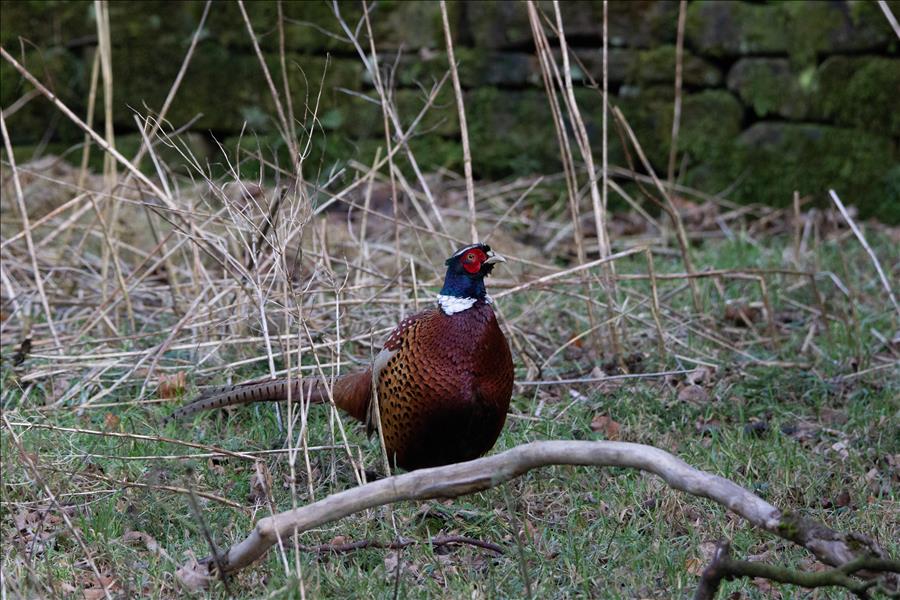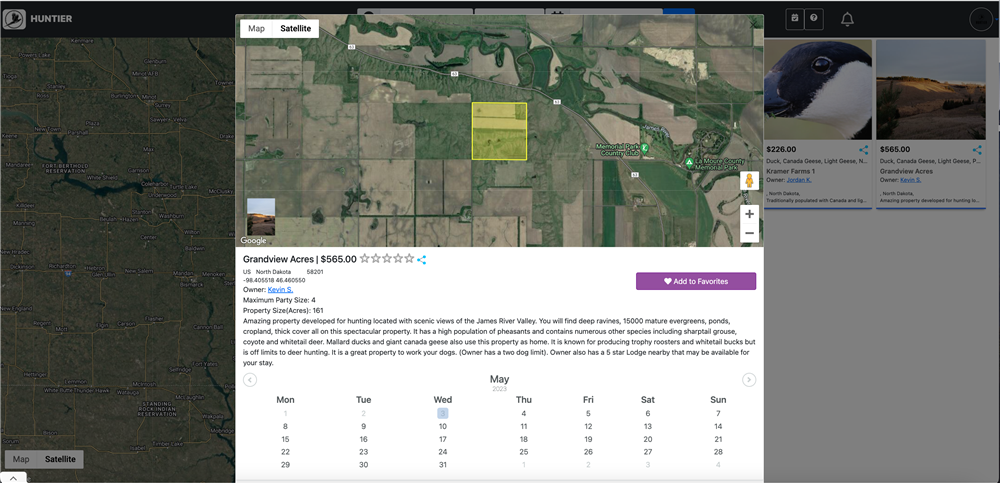451
Introduction to Pheasant Hunting
Pheasant hunting is a popular sport in the United States, particularly in the Midwest and Great Plains regions where pheasant populations are abundant. According to a survey conducted by the U.S. Fish and Wildlife Service, an estimated 1.2 million pheasant hunters participated in the sport in 2016, and they harvested approximately 4.4 million birds. The states with the highest number of pheasant hunters include South Dakota, Minnesota, and Iowa. However, it's worth noting that pheasant hunting participation and popularity can vary from year to year depending on factors such as weather, habitat conditions, and hunting regulations. Here are some basic tips to get you started:
1. Know the Regulations: Before you start pheasant hunting, it's important to check your local hunting regulations to ensure you are hunting in a legal and ethical manner.
2. Get Proper Equipment:
---Shotgun: A 12 or 20 gauge shotgun is recommended for pheasant hunting, but other gauges can also be used depending on personal preference.
---Ammunition: Pheasant hunting requires specific ammunition that is suitable for shooting birds. The most commonly used ammunition for pheasant hunting is 12 or 20 gauge, 2 3/4 or 3-inch shells, with shot size 4, 5 or 6.
---Hunting Clothing: Camouflage clothing is not necessary for pheasant hunting. Instead, wear clothing that is comfortable, durable, and suitable for the weather conditions. Many hunters prefer to wear blaze orange or other bright colors to increase visibility and safety.
---Hunting Boots: Comfortable, waterproof hunting boots are essential for walking through fields and brush.
---Safety Equipment: Bring safety equipment such as ear protection, eye protection, and a blaze orange hat or vest to ensure that you are visible to other hunters in the area.
3. Scout the Area: Look for areas with good pheasant populations such as fields or brushy areas next to food and water sources. Consider contacting local hunting guides, game wardens or wildlife management agencies to obtain information about pheasant habitat and hunting opportunities.
4. Use a Hunting Dog: Pheasants have a keen sense of hearing and are easily spooked. Using a well-trained hunting dog can increase your chances of success by flushing birds out of cover and retrieving downed birds.
5. Safety First: Always practice safe hunting practices. This includes knowing the location of other hunters in the area, wearing blaze orange clothing. Access public land is a great option for many but most find that these areas are typically “over-hunted" If you'd like to find some private land to hunter, consider checking out huntier.net. Huntier.net is a virtual platform to connect landowners


.png)